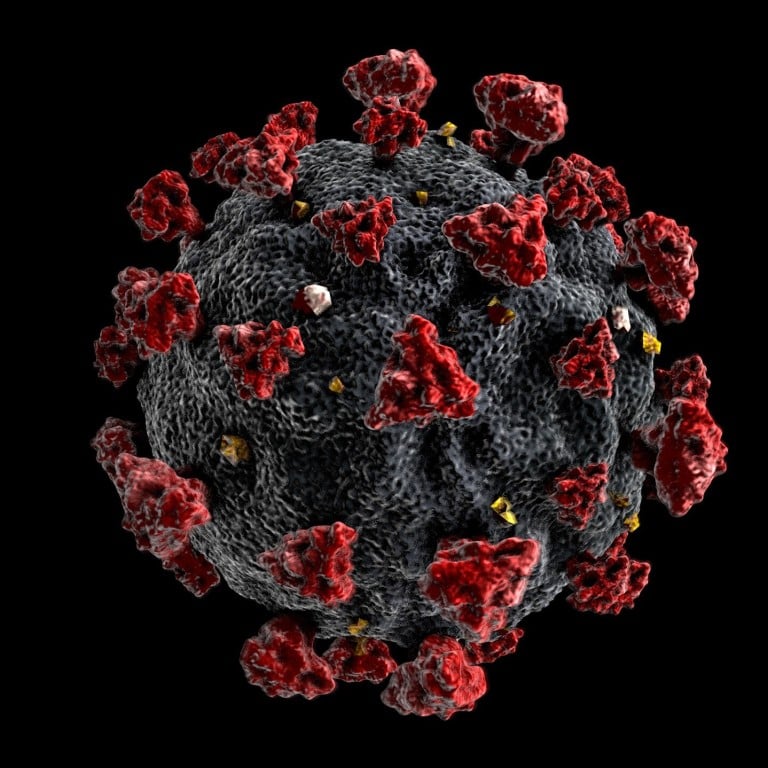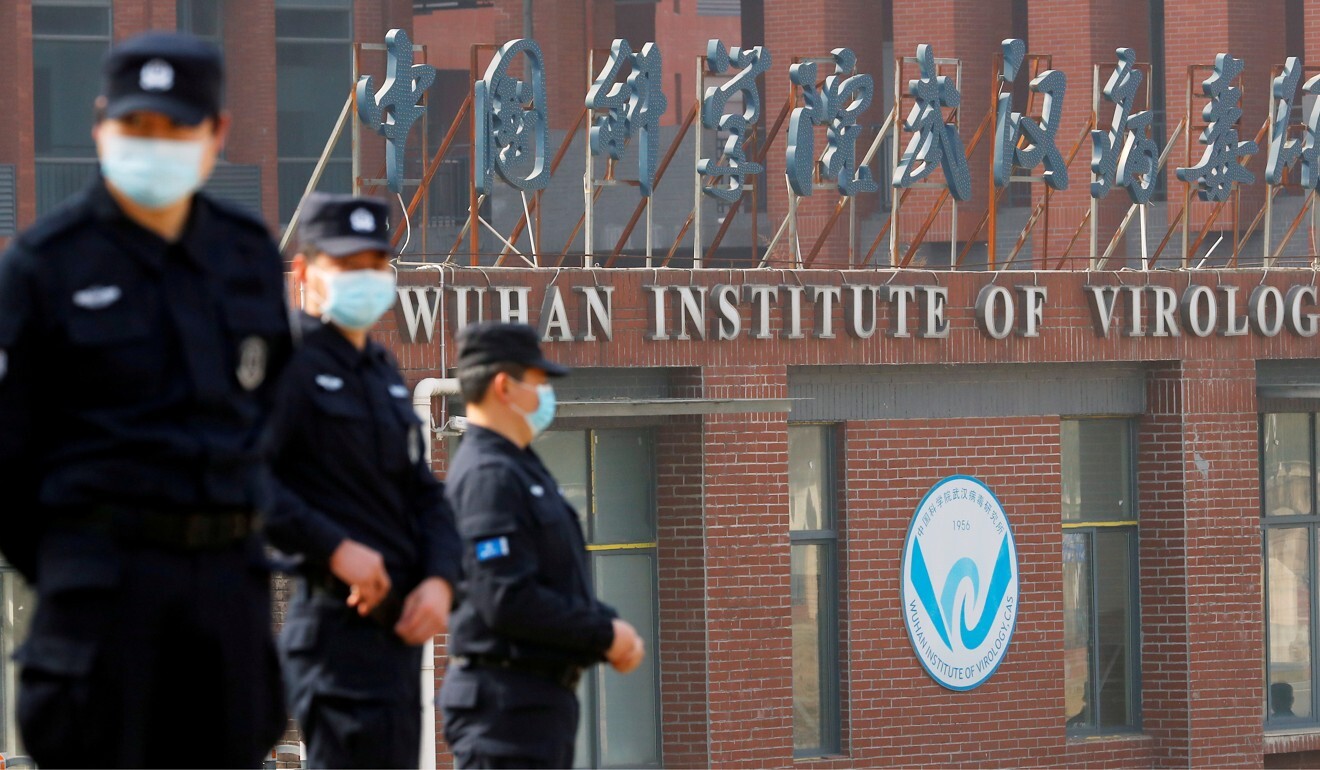
Coronavirus: US investigation leaves open possibility Covid-19 resulted from ‘laboratory-associated incident’
- US government investigation largely dismisses theories suggesting that the contagion was created through genetic engineering or an attempt to make a bioweapon
- Report criticises Beijing for ‘pushing its narrative that the virus originated outside China’
However, the unclassified report released on Friday by the Office of the Director of National Intelligence (ODNI), which released a summary of its findings two months ago, left open the possibility that it was the result of “a laboratory-associated incident”.
It also criticised Beijing for “pushing its narrative that the virus originated outside China”, chided the Chinese government for impeding further investigation and said the virology lab near the first known outbreak of Covid-19 in the city of Wuhan lacked adequate biosafety precautions.
“We remain sceptical of allegations that Sars-CoV-2 was a biological weapon because they are supported by scientifically invalid claims, their proponents do not have direct access to the Wuhan Institute of Virology (WIV), or their proponents are suspected of spreading disinformation,” the report said.

The ODNI’s comment about the narrative of Covid-19 first spreading outside of China was an apparent jab at Beijing’s suggestion the contagion emerged from the Fort Detrick Research Institute of Infectious Diseases in Maryland.
Although the US intelligence community (IC) “has no indications that WIV research involved Sars-CoV-2 or a close progenitor virus, these analysts note that it is plausible that researchers may have unwittingly exposed themselves to the virus without sequencing it during experiments or sampling activities”, it added.
“Academic literature indicates that WIV researchers conducted research with bat coronaviruses or collected samples from species that are known to carry close relatives of Sars-CoV-2,” it said.
Responding to the ODNI report, the Chinese embassy in Washington questioned the US government’s use of “intelligence apparatus instead of scientists” to arrive at an assessment.
EcoHealth defends US-funded bat coronavirus research in China
“No matter how many times it is updated, the so-called ‘assessment on Covid-19 origins’ issued by the US intelligence community is not scientific at all,” said embassy spokesman Liu Pengyu. “It will only undermine science-based origins study and hinder the global effort of finding the source of the virus.”
“The US has been refusing to respond to the international community’s reasonable doubts on the Fort Detrick biolab and the over 200 overseas bases for biological experiments, trying to cover up the truth and avoid being held responsible,” Liu said. “The onus is on the US to give the world an answer.”
The ODNI report also played down US intelligence reported in US media earlier this year, that three WIV researchers who sought treatment at a hospital after falling ill around the time of the initial Covid-19 outbreak in Wuhan, as possible evidence of a cover-up at the lab.
The Wall Street Journal first reported State Department information that the WIV researchers had symptoms consistent with Covid-19 and the seasonal flu, adding fuel to speculation that the coronavirus was spreading through the lab at the time.
“The IC assesses that information indicating that several WIV researchers reported symptoms consistent with Covid-19 in autumn 2019 is not diagnostic of the pandemic’s origins,” the ODNI report said. “Even if confirmed, hospital admission alone would not be diagnostic of Covid-19 infection.”
The ODNI’s assessment that exposure to an animal that carried the contagion, known as zoonotic spillover, was a likely cause of the first human Covid-19 infection is partly based on the prevalence of wildlife farming and trafficking in China.
Jury still out on lab-leak Covid-19 origins, researchers say in Lancet letter
“Wuhan markets sold live mammals and dozens of species – including raccoon dogs, masked palm civets and a variety of other mammals, birds and reptiles – often in poor conditions where viruses can jump among species, facilitating recombination events and the acquisition of novel mutations,” the ODNI said.
It added that academic literature shows that Sars-CoV-2 can infect a range of mammals, including cats, dogs, pangolins, minks, raccoon dogs and a variety of wild and domestic animals.
China’s authorities have tried to curtail these practices, even offering compensation in some cases to abandon wild animal farming.

